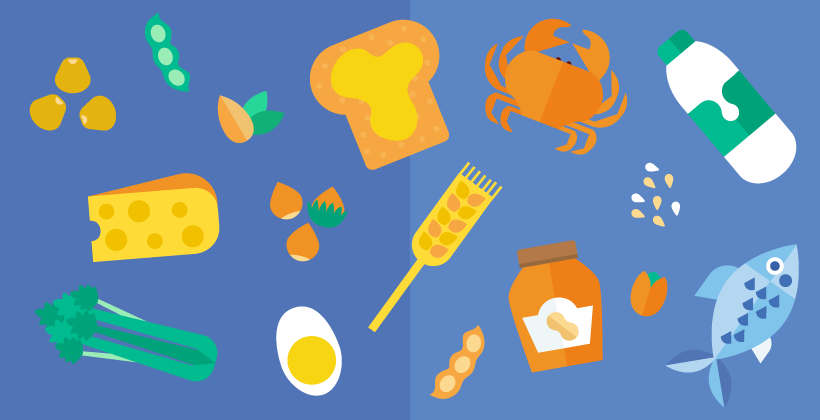Allergy and intolerance

The rates of allergies and food intolerances are increasing throughout the world, especially in the developed countries. Currently, the only way for the individual to manage food allergy or food intolerances is to avoid eating the food that causes the allergic reaction or intolerance. The best way to prevent allergies and intolerances is to stay informed and be aware of possible hidden allergens in food products.
Food allergy (Infographic)
31 March 2019What is a food allergy, what are the symptoms, how to identify food allergens, and how to manage food allergies all outlined in our easy to follow infographic...
Life with a food allergy (Video)
16 March 2015This video explains the basics of food allergies and allergen labelling. It provides tips to help you stay safe and enjoy a healthy life...
Food Allergies (Q&A)
01 April 2014A food allergy occurs when an allergen (a protein in a food, which in the majority of people will not produce an adverse reaction) sets off a chain of reactions involving the immune system.
Food Allergens - Allergic Reation to Food
30 October 2013For a small percentage of people, specific foods or components of food may cause adverse reactions. These are typically classified as food allergies (i.e. reactions which involve the immune system) or food intolerances...
Focus on food allergens
01 December 2008The prevalence of food allergy has received much interest over the past few years, with an estimated 2-4% of adults and 6% of children now suffering from some type of food allergy. Despite knowing more than ever about the issues surrounding food allergies and the foods that may cause them, food allergies remain a complex and challenging matter.




